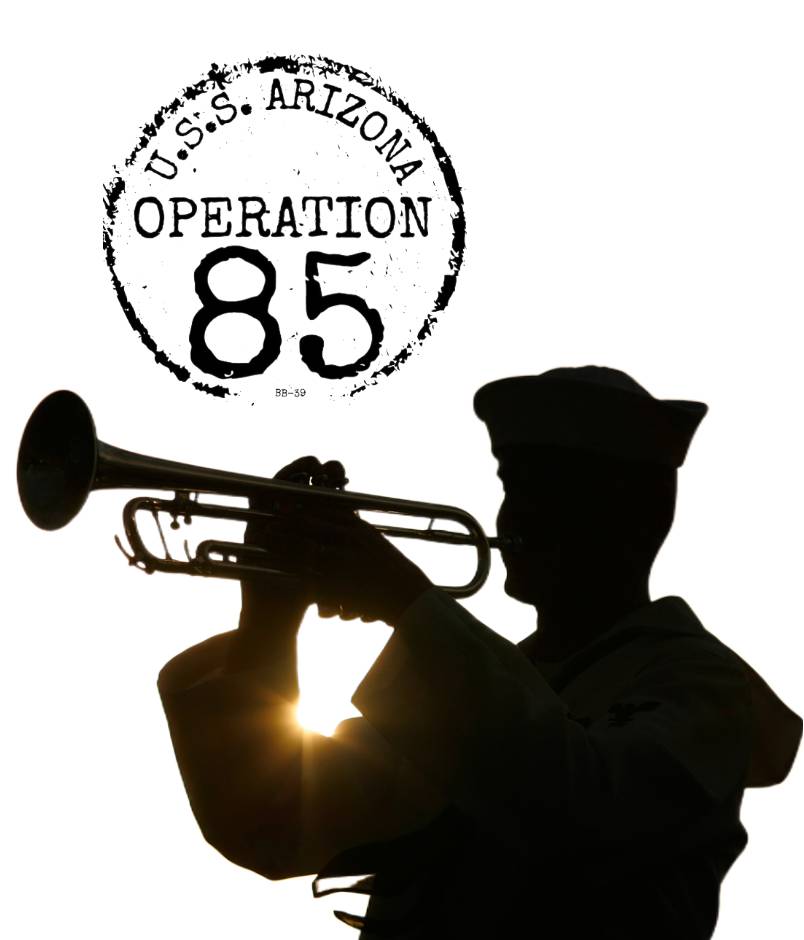GM1c Wilson Woodrow Hilton,
- Home /
- GM1c Wilson Woodrow Hilton,

- Rank:
- Branch:
- Home Town:
- Date Of Birth:
- Disposition:
- Family DNA on File:
GM1c Wilson Woodrow Hilton
Seventy naval aviation cadets descended on a field in Catawba County, North Carolina, in the fall of 1943 to help Amos and Lillie Hilton pick their cotton crop.
The cadets were training nearby, but most were from New England and knew nothing about cotton. Still, they managed to harvest more than 2,000 pounds in a single day. A few weeks later 40 local people finished the job on a Sunday afternoon.
The Hiltons, then 69 and 55, welcomed the volunteers. They were short of labor on their west-central North Carolina farm because seven of their sons had gone to fight in World War II.
The first to enlist, in 1934, was Wilson Woodrow Hilton, a sturdy 175-pounder who represented his ship, the U.S.S. Arizona, in wrestling against sailors from other ships. The Arizona’s newsletter reported in October 1938 that he’d been away at machine gun school, but “is in good shape considering the long lay-off. You can bet your best pair of socks he will be in there fighting for all he is worth.”
Born Nov. 10, 1913, he was a gunner’s mate and petty officer first class when he was killed in the Japanese attack on Pearl Harbor, Dec. 7, 1941.
By then, two of his brothers, Amos and Paul, were also in the military — Amos in the Army Air Forces and Paul in the Army. Their father was so angry at Japan that he tried to enlist in the Navy, but he was rejected because of his age.
Forty-nine years after his big brother Wilson’s death, Amos recalled for a newspaper reporter what he was doing on Dec. 7, 1941. Stationed at San Angelo, Texas, he was writing to share the happy news of his recent marriage. But Amos was also listening to the radio that day. “The first thing that hit my mind,” Amos remembered, “was that he wouldn’t even get the letter that I was writing.”
Other brothers soon went into service: Boyce in the Army, half-brother Russell in the Coast Guard; Norman in the Navy; and the last, Berlin, in the Coast Guard in September 1943.
The brothers became known as the “Fighting Hiltons” and were honored in local media. “North Carolina is proud of them, and humble in its thankfulness for the soil that gave them birth,” the Asheville Citizen-Times opined.
In 1944 the Hilton parents learned that Wilson’s body had been recovered from the Arizona and they wanted it returned to North Carolina. So when a clergyman visited their farm that August, they assumed it was to talk about Wilson. But Coast Guard chaplain L.Y. Seibert was there to deliver more terrible news: Berlin, 20, had been killed in New Guinea.
“When the time came for him to impart the real purpose of his visit, Chaplain Seibert, himself, says he would have preferred that the earth open up and claim him,” The Lincoln Times reported.
“In spire of the awful proportions of this blow, Chaplain Seibert says the God-fearing attitude with which these patriotic Americans received the news was an inspiring experience.”
The newspaper explained that about a year earlier the Hiltons had sold their farm for about $1,000 profit and bought a smaller one nearby. They had plans for the money, but ultimately decided to plow it into war bonds.
A memorial service for Berlin Hilton was conducted in January 1945 at Lawing Baptist Chapel in Lincoln County. Hundreds attended the service, conducted by the church and by Coast Guardsmen from Charleston, South Carolina.
At least seven of Amos and Lillie Hilton’s grandsons were also serving in the military by the summer of 1945, when she presided over the honorary launch of a tug, the U.S.S. Salinan, at Charleston.
After the war, the bodies of Wilson Woodrow Hilton and Berlin Worth Hilton were returned to North Carolina. They are buried next to each other at Salisbury National Cemetery, about an hour east of their Catawba County farm.
Sources: The Lincoln Times of Lincolnton, North Carolina; The Charlotte (North Carolina) Observer; the Asheville (North Carolina) Citizen-Times; the Rocky Mount (North Carolina) Telegram; The Times of Shreveport, Louisiana; the Statesville Record and Landmark of Statesville, North Carolina; Army enlistment records; U.S. Department of Veterans Affairs death file; grave markers; draft registration cards; Navy muster rolls; At ‘Em Arizona newsletter of Jan. 27, 1940. Navy photograph. This profile was researched and written on behalf of the U.S.S. Arizona Mall Memorial at the University of Arizona.
